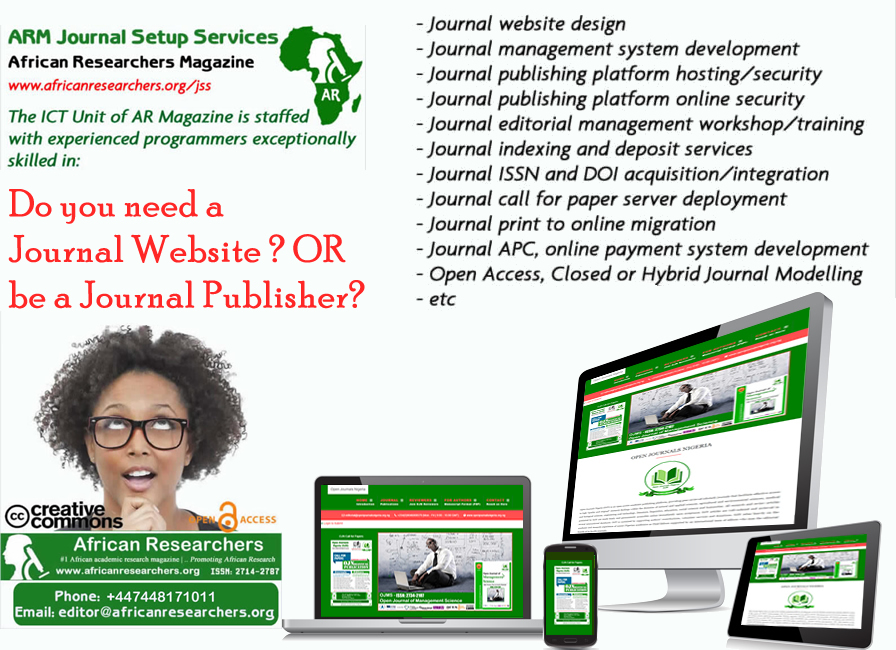A Vision for the Future
Sustainable abundance represents a strategic aim to meet our present needs while ensuring that future generations can also meet theirs. This concept requires forward-thinking planning and innovation to reconcile economic growth with environmental stewardship, ensuring resources are both accessible and affordable. Business leaders and policymakers face increasing demands to shape a future that balances these dual objectives through a collaborative, multi-stakeholder approach.
The Context of Change
We are at a critical juncture in history. Each generation confronts its unique set of challenges and opportunities, which often seem unprecedented. Today, technological advancements—particularly in artificial intelligence (AI) and synthetic biology—offer tremendous potential benefits but also pose significant risks. These technologies are reshaping traditional economic and societal systems, and combined with political, geopolitical, and environmental shifts, they create a complex landscape requiring large-scale, innovative responses.
The current global climate necessitates a radical shift from traditional economic models. While previous generations have tackled monumental issues, today’s problems demand a unified and visionary approach. The idea of sustainable abundance challenges the conventional trade-offs between economic growth and environmental sustainability, advocating for a balanced approach that integrates economic, social, and environmental objectives.
The Concept of Sustainable Abundance
Sustainable abundance is rooted in the principles outlined by the 1987 United Nations Brundtland Commission report. It emphasizes the need to provide for current generations without depleting resources or compromising the ability of future generations to do the same. This approach demands a significant departure from traditional practices, focusing on reducing environmental impacts while ensuring equitable access to essential resources.
Achieving sustainable abundance involves a holistic strategy that harmonizes human desires for survival, prosperity, and environmental preservation. This requires innovative solutions across various sectors, from energy production and food supply to economic models and policy frameworks. Leadership and collective commitment are essential to drive these innovations and create a balanced, inclusive future.
Addressing Contemporary Challenges
In today’s world, several critical areas require attention:
- Responsible Business Practices: The historical emphasis on maximizing short-term shareholder value has led to significant negative externalities. Moving towards stakeholder capitalism, which focuses on creating value for all stakeholders, is crucial for fostering sustainable abundance.
- Reimagining Globalization: While globalization has previously driven economic growth, its benefits have been uneven. Modern globalization is characterized by distributed innovation and shared global challenges. Businesses must adapt to this dynamic landscape, balancing global interdependence with local resilience.
- The Role of Government: Effective government intervention has historically spurred innovation and industrial success. Today, there is a renewed need for strategic government involvement to address global challenges and coordinate efforts across sectors.
- Networked Power: Power dynamics are shifting from centralized to decentralized forms. Digital platforms and grassroots movements are reshaping economic and social structures, demanding new approaches to governance and collaboration.
- Radical Technological Advances: Technologies such as biotechnology and nanotechnology are driving rapid advancements. Businesses and governments must leverage these technologies to address global challenges and drive progress.
The Innovation Agenda
To move towards sustainable abundance, several key areas of focus are emerging:
- Ensuring Essentials: Innovating ways to provide basic needs—food, water, and energy—sustainably is fundamental. This includes developing new technologies and practices that minimize environmental impact and enhance resource efficiency.
- Advancing Human Progress: Reimagining education, healthcare, and community development is essential for promoting well-being and ensuring equitable access to opportunities.
- Reconnecting with Nature: Embracing indigenous knowledge, biomimicry, and synthetic biology can help integrate human activities with natural systems, fostering environmental stewardship and sustainability.
- Reducing Environmental Footprints: Adopting circular economy principles, advancing materials science, and embracing digital technologies are critical for minimizing ecological impacts and promoting sustainable practices.
Business Leadership and Strategic Innovation
Business leaders play a pivotal role in driving this agenda. They must:
- Learn from Past Movements: The pursuit of sustainability can be likened to the quality movement in its potential for transformative impact, requiring comprehensive and collaborative efforts.
- Cultivate Innovation Intelligence: Staying informed about emerging technologies and trends is essential for shaping the future and remaining competitive.
- Explore Beyond Monetization: Transformative innovations often start with fundamental questions that transcend mere profit, opening up new possibilities and value creation.
- Accelerate Collaboration: Partnering with startups and other organizations can expedite the development and deployment of sustainable solutions.
- Forge Ecosystems for Innovation: Collaboration across industries can drive breakthroughs and facilitate radical progress.
- Integrate Long-Term Strategies: Balancing short-term gains with long-term investments is crucial for sustainable development and innovation.
Conclusion
No single entity can single-handedly shape the path to sustainable abundance. However, each can contribute to the collective effort required to implement this vision over the coming decade. As transformative changes unfold, businesses and leaders have a choice: to lead and shape these changes or to follow those who do. Embracing sustainable abundance is not just a strategic investment but a moral imperative, honoring the legacy of past generations and securing a better future for all.
















 The African Research (AR) Index is a comprehensive scholarly directory and database focused explicitly on journal publishers that publish and disseminate African research.
The African Research (AR) Index is a comprehensive scholarly directory and database focused explicitly on journal publishers that publish and disseminate African research.

